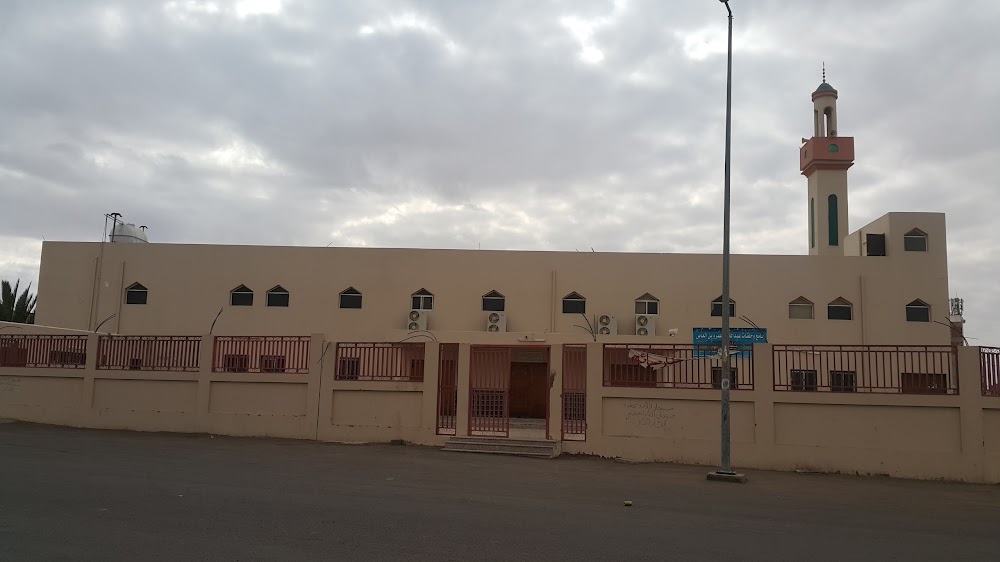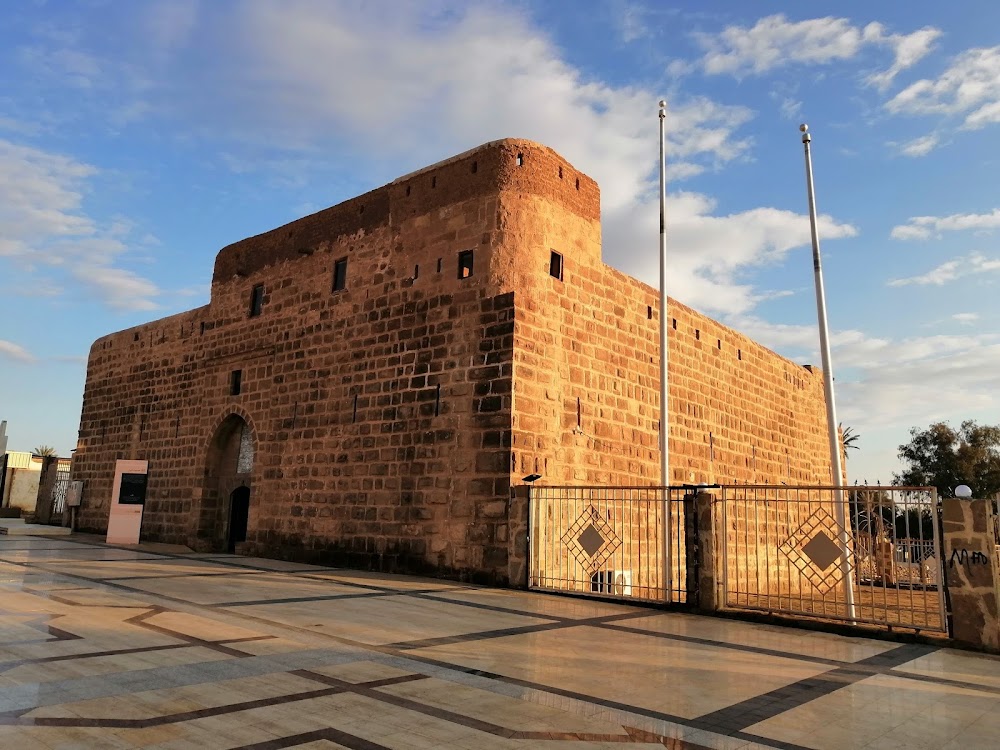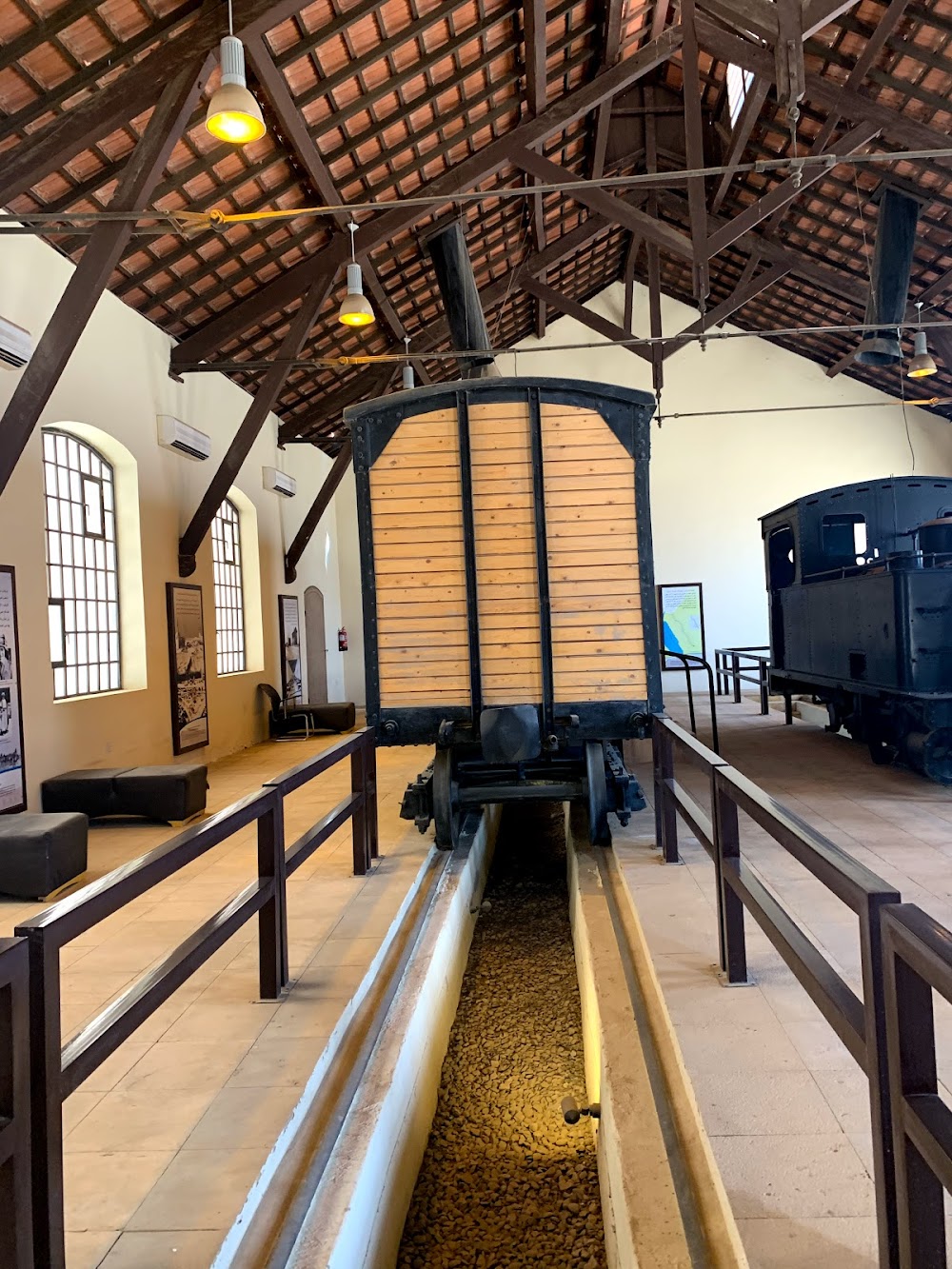Amr Ibn Al-Aas Mosque (مسجد عمرو بن العاص)
Overview
The Abdullah ibn Amr ibn al-Aas Mosque, often referred to as the Amr Ibn Al-Aas Mosque, stands as a significant place of worship and a historical landmark in the city of Tabuk, Saudi Arabia. Named after Abdullah ibn Amr ibn al-Aas, a notable companion of the Prophet Muhammad and an esteemed early Islamic scholar, this mosque is celebrated for its rich connection to the Quran and Hadith.
The original mosque traces its roots back to a challenging era of Islamic expansion in the 7th century. Abdullah ibn Amr ibn al-Aas played a pivotal role in disseminating Islam throughout the region and establishing Islamic governance. The early structure was likely a simple edifice, constructed from local materials such as mud bricks and palm trunks, encapsulating the architectural styles of that time.
Over the years, the mosque has undergone multiple reconstructions and renovations, ensuring its structural integrity and accommodating a growing number of worshippers. These efforts have successfully preserved the mosque's historical essence while integrating modern architectural techniques.
One of the most striking features of the mosque is its harmonious blend of traditional Islamic architecture and contemporary functionality. The expansive main prayer hall is adorned with large windows that flood the space with natural light, creating a serene atmosphere perfect for prayer and reflection. Inside, intricate geometric patterns and elegant calligraphy showcase the rich artistry of Islamic culture.
The mosque’s minaret stands gracefully above the city skyline, serving as both a visual landmark and a beacon for the call to prayer, announced five times daily. Essential facilities, including ablution areas, provide worshippers with the means to perform their purification rites before prayer.
Community involvement has been a cornerstone of the mosque’s history, with local craftsmen and artisans playing a vital role in its construction and upkeep over the ages. This collaborative effort has not only preserved the mosque's physical structure but also strengthened community bonds, making it a vibrant center for social and spiritual life.
In recent years, the Saudi government has initiated extensive restoration projects to ensure the mosque remains safe and accessible for future generations. These projects utilize state-of-the-art preservation techniques and materials, maintaining the mosque’s historical authenticity while enhancing its durability.
Beyond its role as a house of worship, the Abdullah ibn Amr ibn al-Aas Mosque serves multiple community functions. It regularly hosts educational programs, including Quranic studies and religious lectures, deepening the local population's understanding of Islamic teachings. During the holy month of Ramadan, the mosque transforms into a bustling hub, featuring special prayers, charitable events, and communal meals.
Today, the mosque stands not only as a tribute to the enduring legacy of Abdullah ibn Amr ibn al-Aas but also as a symbol of the rich Islamic heritage in Tabuk. It draws visitors from around the globe who come to admire its stunning architecture, participate in religious activities, and connect with the historic roots of Islam.
In summary, the Abdullah ibn Amr ibn al-Aas Mosque is more than just a religious building; it is a historical landmark that narrates the story of Islamic growth and community spirit in Tabuk, Saudi Arabia. Its continuous evolution—from humble beginnings to its current prominence—mirrors the resilience and faith of the community it serves.







